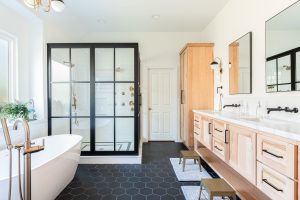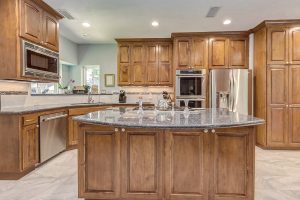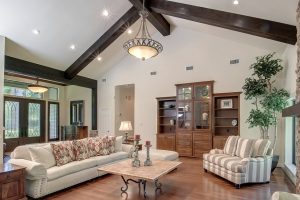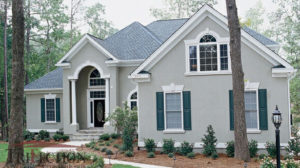The Challenges of Adding a Room to a Historic Home
Owning a historic home is like holding a piece of history in your hands. The ornate details, time-honored architectural designs, and stories woven into every creak of the floorboards lend a sense of grandeur and heritage that’s hard to replicate. Yet, as much as we cherish the nostalgia and beauty of such homes, the need for modern convenience often calls for updates—sometimes even in the form of an additional room.
Navigating the Regulations
Before hammer meets nail, you’ll need to sail through the red tape of historic district regulations and community board approvals. Each jurisdiction will have its own set of guidelines, and it’s crucial to start by understanding the specific rules governing your property.
Historic Designation
In many countries, properties are classified as historic by a designated review board. If your home falls under this classification, any alterations must be in harmony with the original design. This means the new room should maintain the aesthetic characteristics of the dwelling, be it in materials, scale, or architectural details.
Community Board
Engage with your local community board early in the planning process. Attend meetings, understand their vision for the neighborhood, and communicate clearly how your proposed extension aligns with their goals. The board’s approval is typically a non-negotiable before any construction can begin.
Zoning Laws
Zoning laws dictate things like how close to property lines you can build, the height of the new structure, and the implications for natural light and privacy of adjacent properties. Historic homes sometimes carry ‘extra’ zoning regulations in recognition of their historical significance.
Planning Considerations for Historic Home Additions
Once you’ve cleared the regulatory hurdles, thoughtful planning is paramount. A harmonious addition should seem as if it has always been there, telling a larger story of the property’s evolution.
Architectural Style
Your new addition should not only maintain the historic style but also enhance it. Does your home boast Victorian details, Craftsman lines, or Colonial columns? The new room’s design must pay homage to these features. Engaging an architect with experience working on historic homes is a smart move.
Materials and Techniques
Retain as many original materials and construction techniques as you can. Salvaged wood, period-accurate paint, and even traditional building methods can ensure your new space seamlessly blends with the old. The result is a unified structure, where the line between old and new is delightfully blurred.
Amenities Integration
Modernize with discretion. Incorporate amenities such as advanced insulation, energy-efficient windows, or concealed technology that won’t detract from the historic charm. Visitors should experience the new room as an organic part of the house, not an incongruous add-on.
Blending the Old with the New
When the blueprints are set, and the materials sourced, the actual construction can begin. This phase is both thrilling and delicate, as every addition impacts the home’s story.
Foundation and Infrastructure
Before erecting walls, consider the foundation. Is it capable of supporting the additional structure? Work closely with a structural engineer to ensure the new room is soundly tied to the original footprint. Likewise, look into infrastructure needs like plumbing, electrical, and HVAC to keep the new space functional and comfortable.
Daylight and Sightlines
Natural light is a prized asset in historic homes. Introduce windows and openings that respect the home’s original rhythm, and plan interior layout and sightlines to maximize every sunbeam. This thoughtful approach enhances the occupant’s experience while respecting the home’s design.
Finishing Touches
As the project nears completion, the finer details set the tone. Select furnishings, fixtures, and finishes with an eye for the past. Custom millwork, period lighting, and authentic hardware all add an air of nostalgia, ensuring your past-meets-present project is a resounding success.
Post-Construction and Maintenance
The scent of fresh paint and the sense of accomplishment that comes with a new room are hard to beat. Yet, your work is not finished. Periodic maintenance is crucial to the longevity of your investment.
Historic Preservation
Continue to educate yourself on best practices for maintaining a historic home. Periodically assess the condition of both the old and new spaces, and address any issues promptly. Regular upkeep is the key to preserving the charm of a historic home for generations to come.
Enjoying the Results
Ultimately, the new space is intended to be lived in and loved. Make it yours. Whether it’s a morning sanctuary bathed in light or a cozy space to host book club evenings, the purpose of your new room should bring you joy while honoring the legacy of your home.
Recap and Reflect
Expanding a room in a historic home is a labor of love and a testament to your appreciation for the past and vision for the future. By adhering to regulations, planning thoughtfully, blending seamlessly, and maintaining diligently, you’re not just adding a room; you’re adding to the layered history and personality of your home.






